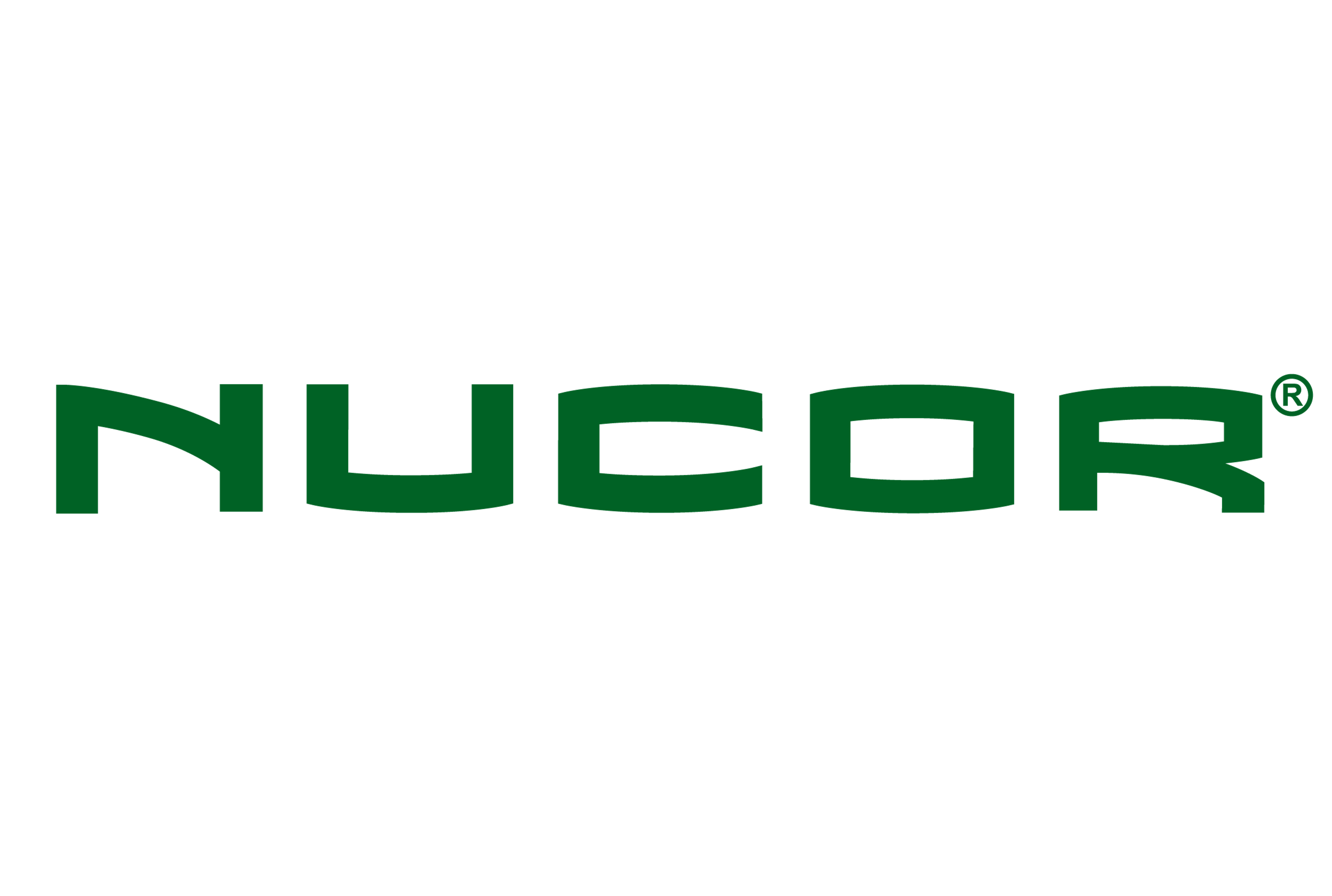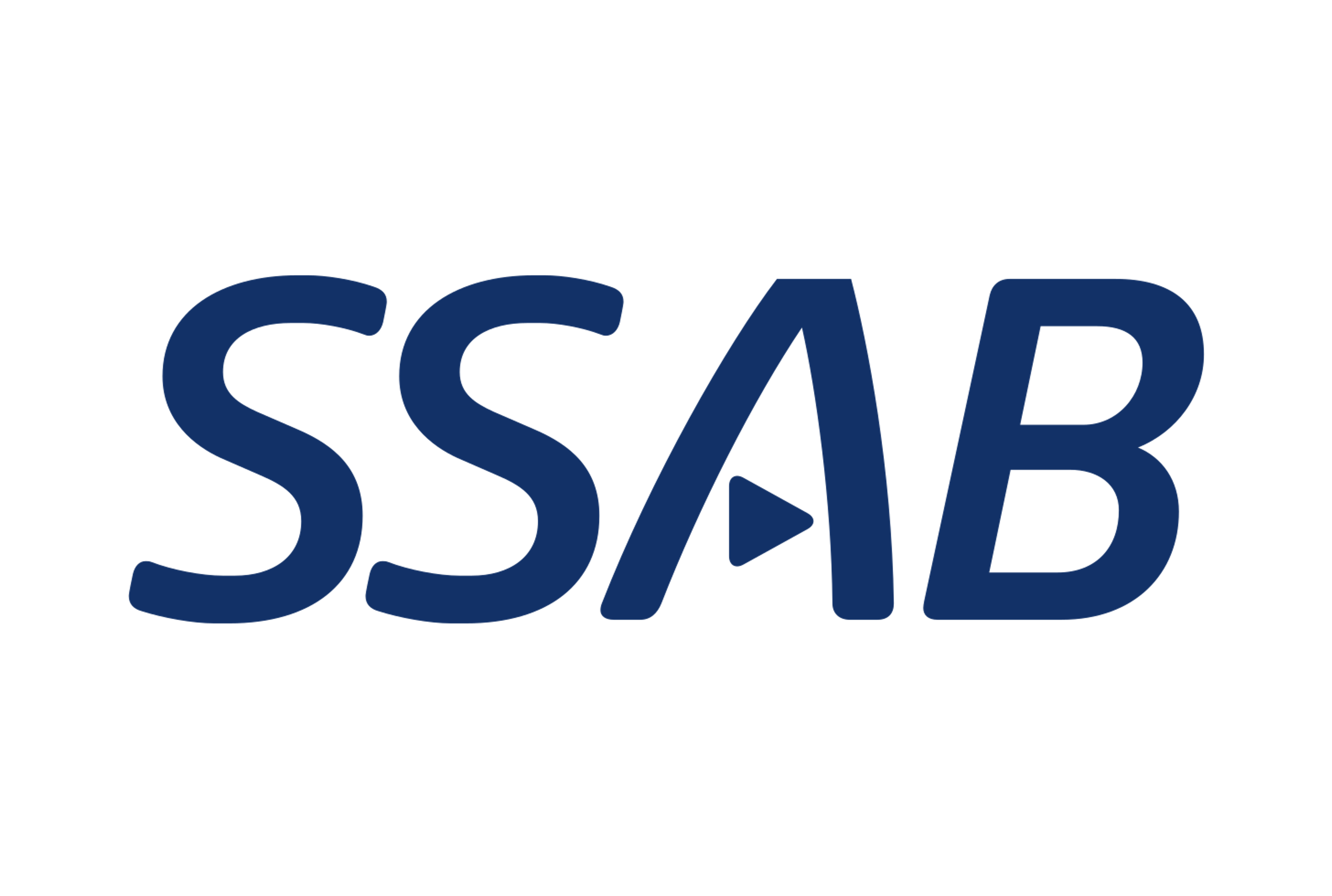Analysis
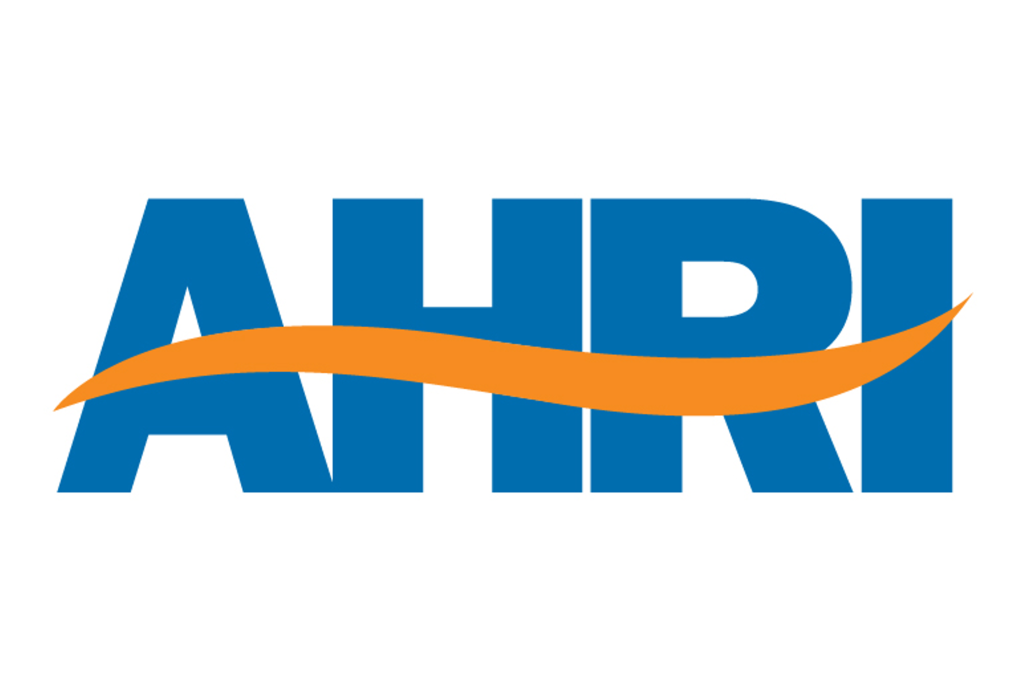
March 14, 2025
HVAC equipment shipments increase in January
Written by Brett Linton
Following December’s 11-month low, total heating and cooling equipment shipments rebounded 8% in January, according to the latest data released by the Air-Conditioning, Heating, and Refrigeration Institute (AHRI).
January shipments increased by 132,000 units or 8% month over month (m/m) to 1.69 million units (Figure 1, left). This marks the eighth consecutive month of positive annual growth, 14% higher than shipment levels one year earlier, and the highest January shipment level seen since 2022. This recovery follows typical seasonal slowdowns as air conditioner and heat pump shipments decline each winter.
Trends
To smooth out seasonal fluctuations, monthly shipment data can be calculated on a 12-month moving average (12MMA) basis to better highlight long-term trends. On this annualized basis, total shipments peaked in early 2022 following the post-Covid surge, then declined through late 2023. Shipments began to recover in early 2024 and have done so each month since. The latest 12MMA through January has reached a 22-month high of 1.88 million units (Figure 1, right).
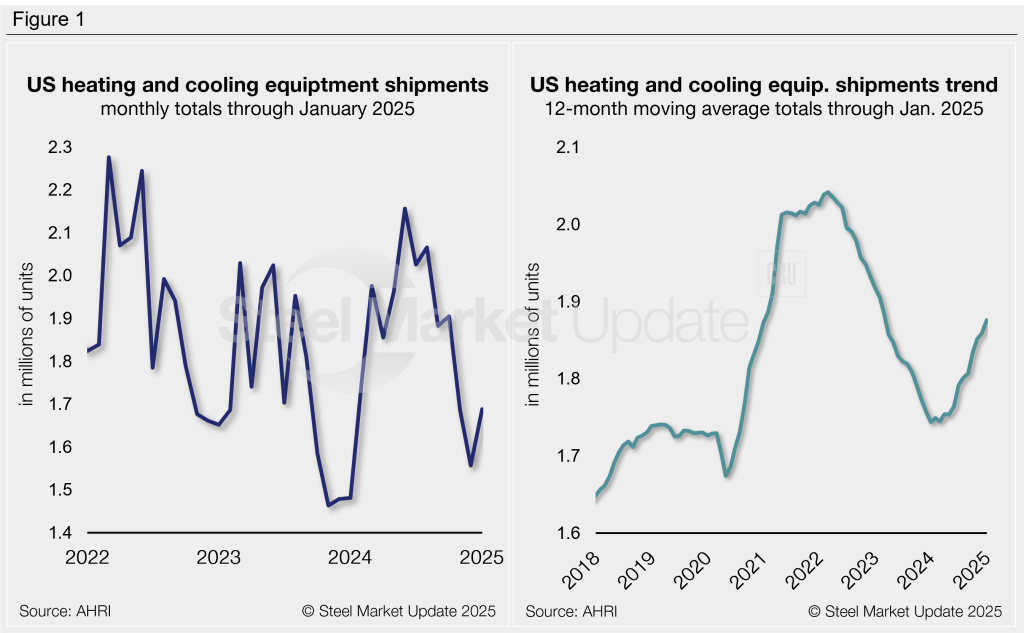
Shipments by product
- Water heater shipments increased 3% m/m in January to 791,000 units, 1% higher than levels seen one year ago.
- Shipments of warm air furnaces rose 2% in January to 274,000 units. Compared to the same month last year, January shipments were 25% higher this year.
- Air conditioners and heat pump shipments rebounded in January following six months of declines, jumping 20% m/m to 623,000 units. January shipments were 30% higher than the same month last year. Note that air conditioner/heat pump shipments are very seasonal, as evident in Figure 2.
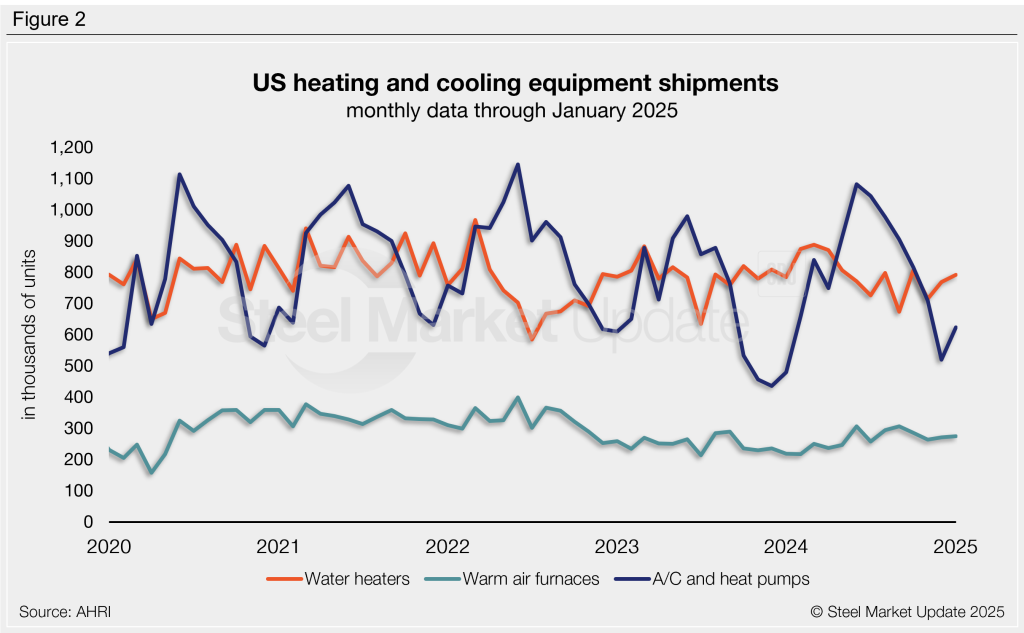
All products see annual growth
Figure 3 shows the annual growth rate of shipments by product on a 12MMA basis:
- Air conditioners and heat pumps experienced the largest annual gain, rising 15% from the previous year to one of the strongest annual growth rates witnessed since 2021.
- Warm air furnace shipments grew by 8% year over year (y/y), one of the highest rates witnessed in the past three years.
- Water heater shipments saw a modest annual increase of 1%. This growth rate has been steadily declining since the middle of 2024.
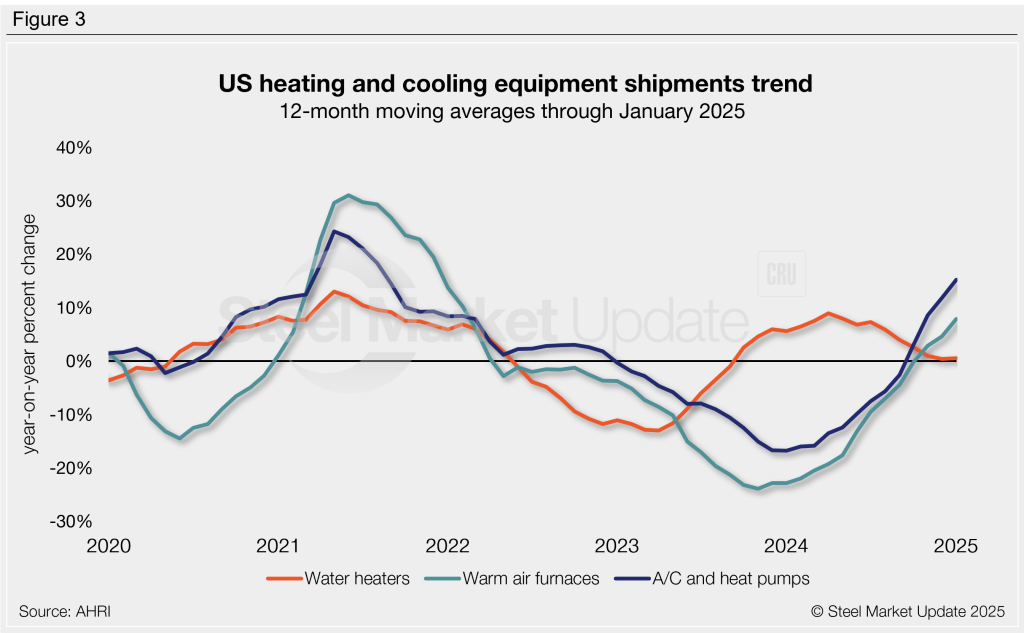
An interactive history of heating and cooling equipment shipment data is available here on our website. If you need assistance, please contact us at info@steelmarketupdate.com.



